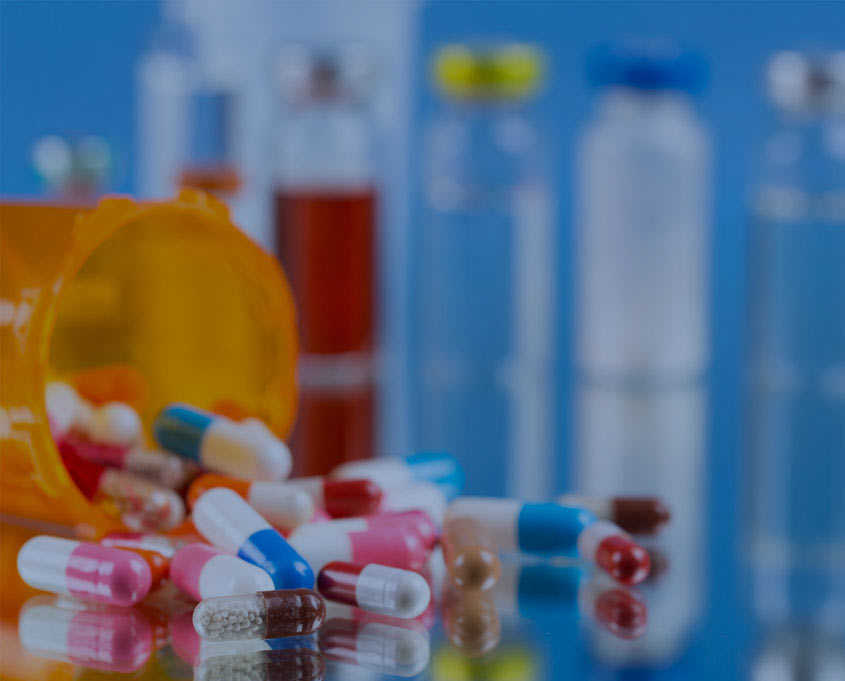Traction vs. Spinal Decompression
The body's natural reaction to Traction limits its effectiveness.
Surgery vs. Spinal Decompression
The risks don’t outweigh the benefits.
Background and Origins
of Spinal Decompression Therapy
Today, the alternative health care industry has introduced spinal decompression as the newest technology in relieving back pain brought about by compressed or degenerative discs. The medical community, including the Mayo Clinic and Florida Spine and Disc in Naples, FL, are using the treatment for conditions such as herniated dics, bulging discs, spinal stenosis, and sciatica.
Spinal decompression was pioneered by Dr. Allan Dyer, PhD, MD, when he introduced the first spinal decompression table in 1991. This form of treatment uses a mechanical traction device in which a computer controls the force and angle of disc distraction. It applies a slow traction force to the spinal discs to lessen intradiscal pressure as well as increase blood flow to affected areas. Florida Spine and Disc in Naples, FL uses a Spinal Decompression table that was developed with features that mimic and enhance the effectiveness of the original concept.
Spinal decompression was developed due to the ineffectiveness of other therapies. It is a more suitable option since it is less invasive compared to surgery.
But does it work?
Research studies have proven Spinal Decompression’s effectiveness.
Here are some brief abstracts with references:
MAYO CLINIC
- 778 patient cases, many assumed to be unresponsive to previous therapies
- Patients had symptoms for an average time of 40 months with average pain of 4.2 out of 5
- All patients treated with 20 treatments, 3-5 times per week
- Success was considered a 0-1 out of 5 (little or no pain whatsoever)
Overall, Treatment was Successful with 71% of the Patients
Gose, E.; Naguszewski WR. Vertebral Axial Decompression for Pain Associated with Herniated and Degenerated Discs or Facet Syndrome: An Outcome Study. Journal of Neurological Research. (20)3,186-190, 1997.
AMERICAN ACADEMY OF PAIN MANAGEMENT
- Patients reported a mean 90% improvement in back pain, and better function as measured by activities of daily living.
- No patient required more invasive therapies (e.g. surgery)
- 100% would Recommend Decompression to someone else
On a 0 to 10 scale, subjects had a mean pain score 5.99 before treatment that decreased to 0.87 after last treatment
Non-surgical Spinal Decompression for Chronic Discogenic Low Back Pain, American Academy of Pain Management Sept 7-10, 2006 Orlando, FL.
JOURNAL OF NEURO IMAGING
- Up to 90% reduction of nucleus herniation in 71% of patients
- Torn annulus repair is seen in all
- 71% had significant pain relief and complete relief of weakness
- 90%+ had numbness in the leg disappear
- 86% had “good” to “excellent” relief of Sciatic and back pain
- 28% had rapid relief in as few as 3 treatments
- Only 6% recurrence rate at 1 year
Overall, 85% of the patients improved clinically
Reduction In Disc Herniation Size, Journal of Neuro Imaging 1998 Volume 8 Number 2
ORTHOPEDIC TECHNOLOGY REVIEW
- 219 patient cases with herniated and degenerated discs
- 86% showed immediate improvement
- 92% improved overall
Only 2% relapsed within 90 days
Glonis T, Groteke E. Spinal Decompression. Orthopedic Technology Review 5(6):36-39; Nov-Dec 2003.
EUROPEAN MUSCULOSKELETAL REVIEW
Post Treatment:
- Pain went from a 10 on a scale of 1-10 down to a 1
- No longer felt the burning sensation in the buttocks or legs
- Improvement in muscular strength
MRI revealed decreased herniation size and increased disc height at multiple lumbar levels
Reduction In Disc Herniation Size- Case Report, European Musculoskeletal Review: Management of Low-back Pain with a Non-surgical Decompression System (DRX9000).
“Opening Up” shared by avrene under a Creative Commons ( BY ) license





